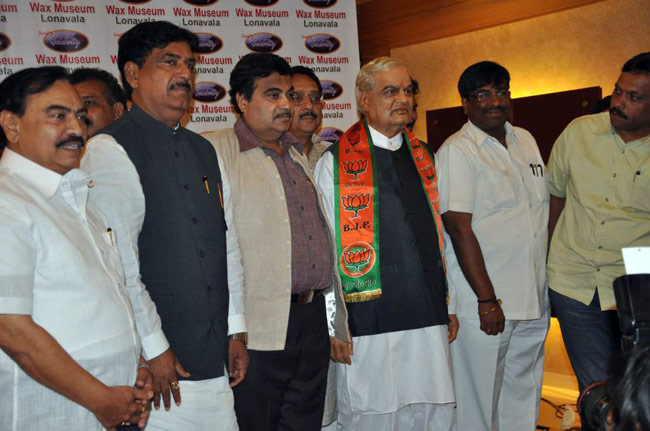Not all museums have inscrutable objects on display with criminally long placards. There are delightfully peculiar ones in India, especially eight of them which Aparna Sundaresan recommends
If your childhood memory of a museum is that of an old, stuffy place with greasy glass cases that house boring, dusty items from an unrecognisable past, it’s not too far from the mark. Traditionally, museums in India have been just that, coupled with perhaps indifference on part of the authorities in charge. But in branding every museum as boring and consequently overlooking them all, some true gems have never made it outside their four walls. These are museums that tread on the border of quirky and novel.
Sunil Kandalloor Celebrity Wax Museum, Lonavala, Maharashtra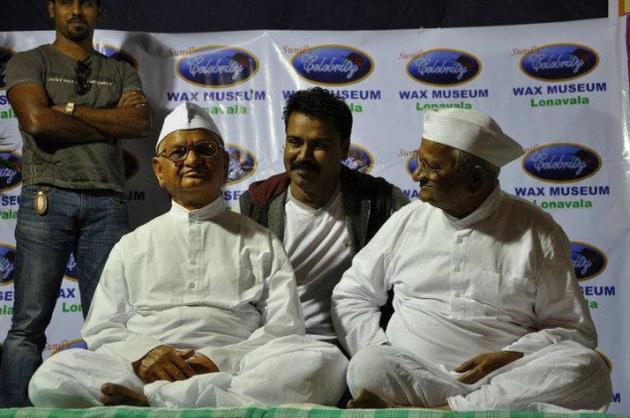
Is your Facebook news feed overrun with photographs of your friends with stars like Johnny Depp and Nicole Kidman? Fret not; they’re most likely the actors’ waxreplicas at Madame Tussauds Museum in London. Their workmanship is definitely a thing to be admired, but if you can’t make the trip to UK, head to Lonavala instead. The wax museum here, the only of its kind in India, is a Tussauds-inspired display of homegrown superstars and celebrities. The statues are not exactly doppelgangers but are instantly recognisable. The museum showcases an assortment of personalities where the likes of Kapil Dev and A.R. Rahman (toting his two Oscars) are found alongside spiritual powerhouse Sri Sri Ravi Shankar and Mother Teresa. From beyond India Angelina Jolie and Michael Jackson share space with Adolf Hitler and Saddam Hussein. If that doesn’t excite you, the location should as Lonavala is a popular weekend getaway for Mumbaikars.
Shankar’s International Doll Museum, New Delhi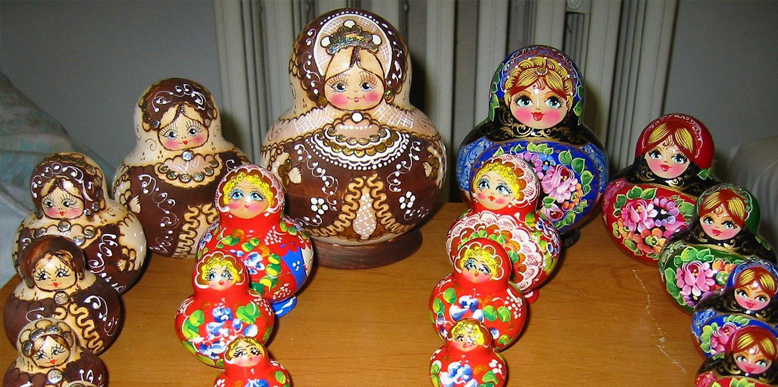
K. Shankar Pillai was a political cartoonist whose love and fascination for costumed dolls spawned this museum. Starting with a personal collection of 500 dolls from all over the world, the present collection boasts of nearly 6500 dolls from Europe, the Americas, the Pacific, Asia, and of course, India. There are dolls of all kinds: Kathakali dancers, Samurais from Japan, traditional dancers from Spain and Hungary, dolls modelled after the Queen’s dolls in the UK and so on. From India alone there are over 150 dolls in traditional wear and in regional costumes. But dolls here do not merely pose – there is a series of dolls that teaches saree draping, step by step. Attached to the museum is the Dolls Designing and Production Centre which makes and repairs the Indian dolls on display, but alas, this workshop is not open to general visitors.
Shivalik Fossil Park, Himachal Pradesh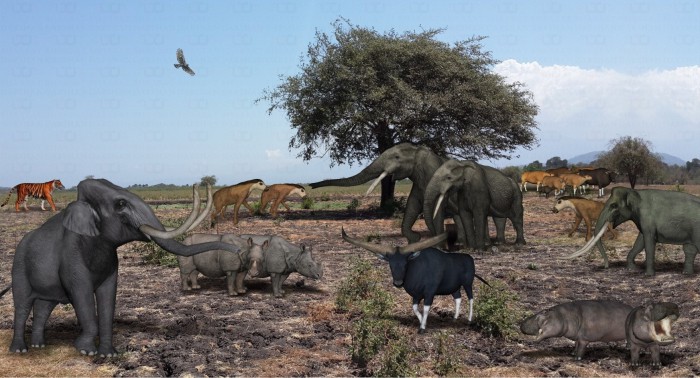
For all Ross Geller fans and aspiring palaeontologists, the sylvan mountainous expanse of Himachal Pradesh is home to Asia’s only museum dedicated to natural history remains. Nestled in the Shivalik Hills, the park is built around the Shivalik fossil site, the richest site in India for large, extinct animals. The collection is fascinating: 21 million-year-old rocks, skulls of bovids and hippopotamuses that roamed the region 20-30 lakh years ago, 10 lakh year old elephant tusks, fossils of amphibians and fish from Mumbai, Kota and Kashmir, and stone tools used by early Palaeolithic men, among others. There are also life-size models of a crocodile, sabre-tooth tiger, hippopotamus, giant land tortoise, giant elephant and fourhorned giraffe – all extinct. In every sense, this massive, 1.5 sq km park is a national treasure, but negligence has deprived it of tourist revenue. What also do not help are the park’s far-flung location and difficult terrain enroute. Recommended for outdoor-loving, adrenaline junkies.
Best Transport Museum, Mumbai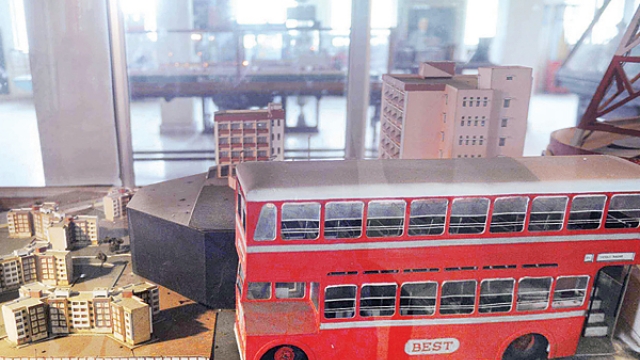
To assume that one of India’s oldest bus services would not have its own museum is absurd. Set up in 1984 by a Brihanmumbai Electric Supply and Transport (BEST) Undertaking officer, P.D. Paranjape, who had a passion for collecting bus tickets, engines and ticket-issuing machines from depots across the city, the BEST Transport Museum is now one of Mumbai’s best kept secrets. Even the bus service’s drivers and conductors are unaware of its existence. Countless old photographs and newspaper clippings apart, the museum is home to hand-written Marathi placards, amateur mini models, and even some of the first electric tram cars that once plied in Mumbai. Tram benches and backrests from these models are displayed as well, along with a comprehensive presentation of BEST’s history, its relevance and its significance to the city. Though weather-beaten and quick-aging are the trademark red buses, their museum is a must-see to catch a whiff of the culture of Mumbai.
Joshi’s Museum of Miniature Railway, Pune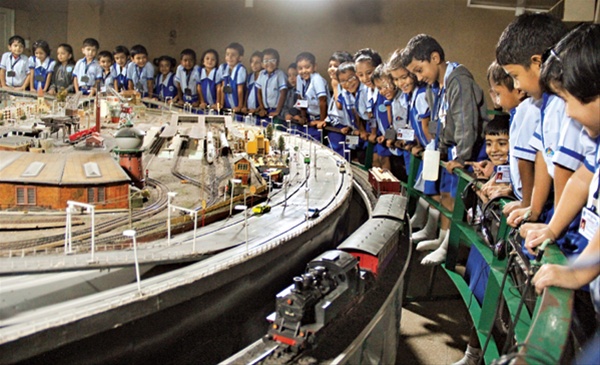
Speaking of transport, this museum dedicated to rail is another unique one inIndia. As the country’s only miniature city, this place is a world within a world, a microcosm of our surroundings. Like many other quirky museums in this article, this one too began with a personal collection – that of a certain B.S. Joshi (better known as Bhau Joshi) who had an affinity for model trains. Sharing space with the Soudamini Instruments factory in Pune, in just 676 sq feet there are as many as 65 signals, fences, lampposts and flyovers – all handmade and working in tandem with the running trains. The little trains themselves are from all over the world, and the tracks pass through miniature towns, rest stops, cities and the countryside. The model trains span several years in locomotive history, from the early coal-powered engines to the electric bullet trains of today. So wondrous is this exhibit that the museum is now an integral component of Pune tourism and is included in the official Pune Darshan route.
Folklore Museum, Mysore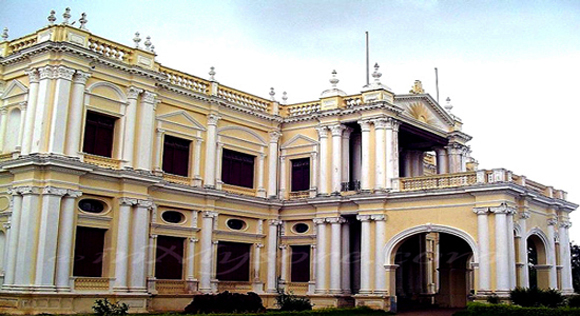
It is a common misconception that folk art comprises nothing more than paintings and conventional craftworks by locals. As the backbone of India’s rich artistic heritage, folk art finds varied expression in a variety of mediums, ranging from costumes to musical instruments. This museum has a stunning collection of over 6500 items from Karnataka, Andhra Pradesh and Kerala under five categories: folklore, large dolls, folk life, literature and art. The collection includes Kathakali, Yakshagana, and folk dramatist costumes; masks, puppets, leather and sawdust dolls; string, wind and percussion folk instruments; ceremonial and religious headgear; figurines of kings, queens, soldiers, sages and gods; and massive dolls and statues that are used in the local folk dances of the region. Also present are the instruments of farmers, goldsmiths, blacksmiths, weavers etc, and household items like cooking and agricultural implements, folk games, lamps, pots and baskets. Recommended for culture buffs and fans of trinkets and odds and ends.
Netaji Subhas National Institute of Sports, Patiala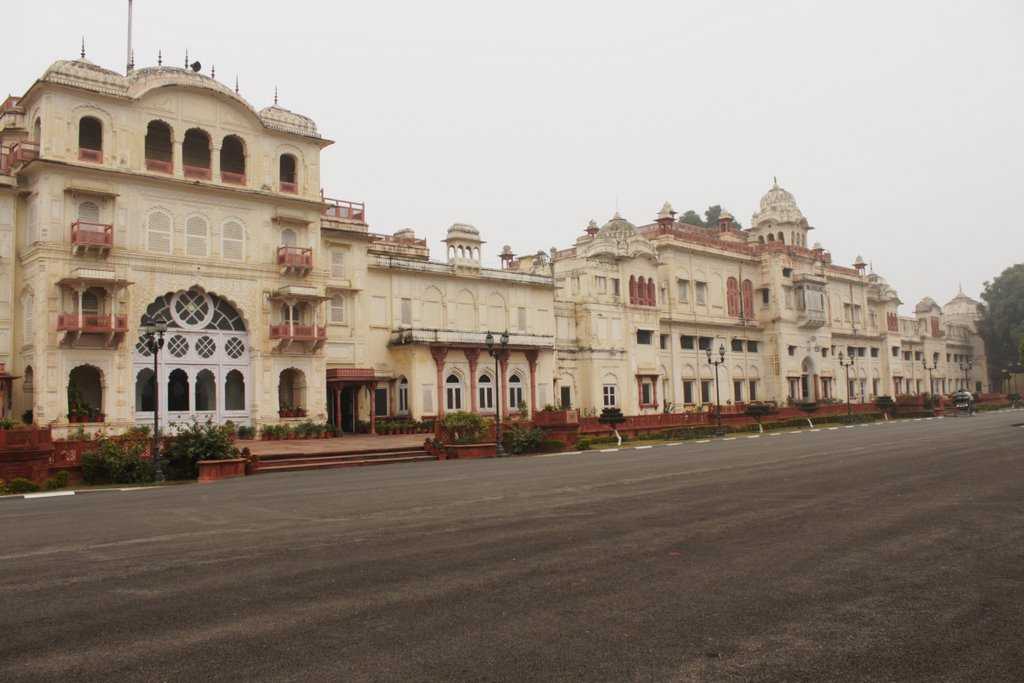
The state of our sports may receive a lot of flak during the Olympics, but the truth is that India does care about its sporting legacy. In Asia’s largest sports institute, contained within the princely Moti Bagh Palace, there is a display of sports memorabilia from India’s greatest sportspeople. While primarily comprising photographs, medals, trophies, shields and kits, the highlights of the collection are Dhyan Chand’s gold medal, P.T. Usha’s running shoes, Milkha Singh’s spikes, flags of countries that participated in the first Asian Games at New Delhi, and Muhammad Ali’s boxing gloves (even though he was not Indian his achievements are acknowledged here). A thing of wonder in this museum is a 95 kg heavy hass (doughnut-shaped exercise disc) that was used by wrestler Ghulam Muhammad, better known as The Great Gama, for squats. If sports is your thing, this museum is your temple.
Antarang – Sex Health Inforamtion Art Gallery, Mumbai
Sex completely, unequivocally and tirelessly sells, but with rising numbers of AIDS and HIV casualties, sex needs to be approached scientifically and not titillatingly. Antarang was set up by Dr Prakash Sarang, the Municipal Corporation of Greater Mumbai and the Mumbai District Aids Control Society with this aim in mind, even if the museum’s strategic location in Kamathipura, Mumbai’s red light district, seems to counter that claim. India’s only sex museum draws inspiration from the country’s sexual heritage and thus a phallic shaped Shiva linga and verses from the Kama Sutra greet you on arrival. 20-odd life-size nude statues of the human body, and sculptures of amorous couples indulging in sexual intercourse are part of the collection. There are also numerous exhibits on the human reproductive process, several displays of sex and safe sex props (accompanied by instructions on how to use a condom) and high-resolution illustrations of STDs. Considering how iffy Indian society is about sex education, there were talks of moving the museum to Goa where Dr Sarang believes it might be received better. As of printing this article, the museum is still in Mumbai, and before it is shut down by the misguided moral police, make sure you visit it.






















